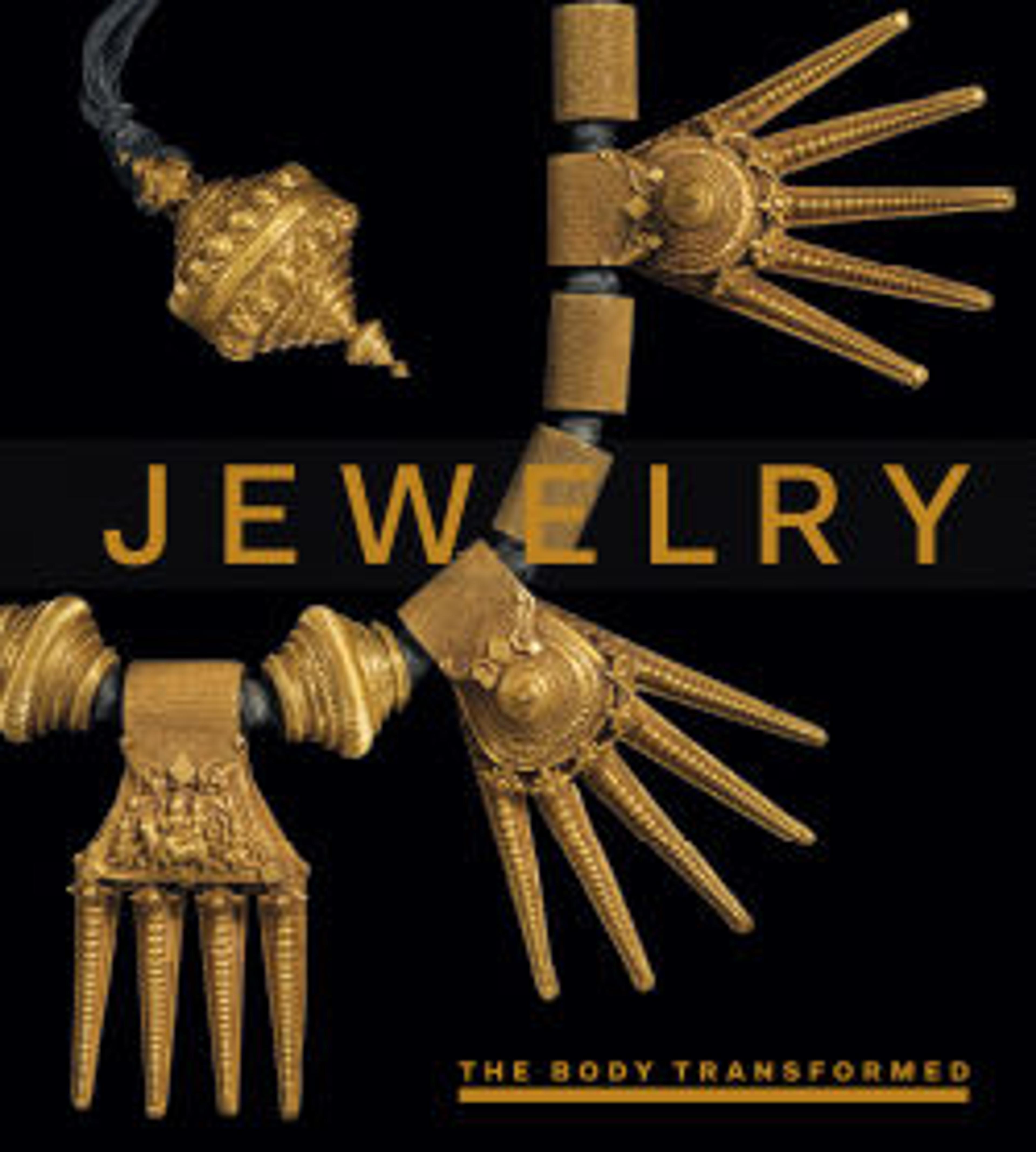Nose ornament
Nose ornaments are among the earliest personal adornments used throughout the Andes in Precolumbian times. They were made in a variety of materials, ranging from modest wood, bone, and shell to precious ones like gold, silver, and even platinum. Those in gold are known in countless, often imaginative, shapes and sizes, from small simple rings to elaborate multipiece constructions. Among the largest and most dazzling are those made in the Cauca Valley by the Yotoco people. This example is large enough to have covered the lower face when inserted into the wearer's nose. With its numerous free-hanging round and rectangular dangles, it would have produced a striking visual and audible effect.
Artwork Details
- Title:Nose ornament
- Artist:Calima (Yotoco) artist
- Date:100–700 CE
- Geography:Colombia
- Culture:Calima (Yotoco)
- Medium:Gold
- Dimensions:H. 4 5/8 × W. 5 1/2 × D. 1/4 in. (11.7 × 14 × 0.6 cm)
- Classification:Metal-Ornaments
- Credit Line:Gift and Bequest of Alice K. Bache, 1966, 1977
- Object Number:66.196.23
- Curatorial Department: The Michael C. Rockefeller Wing
More Artwork
Research Resources
The Met provides unparalleled resources for research and welcomes an international community of students and scholars. The Met's Open Access API is where creators and researchers can connect to the The Met collection. Open Access data and public domain images are available for unrestricted commercial and noncommercial use without permission or fee.
To request images under copyright and other restrictions, please use this Image Request form.
Feedback
We continue to research and examine historical and cultural context for objects in The Met collection. If you have comments or questions about this object record, please contact us using the form below. The Museum looks forward to receiving your comments.
